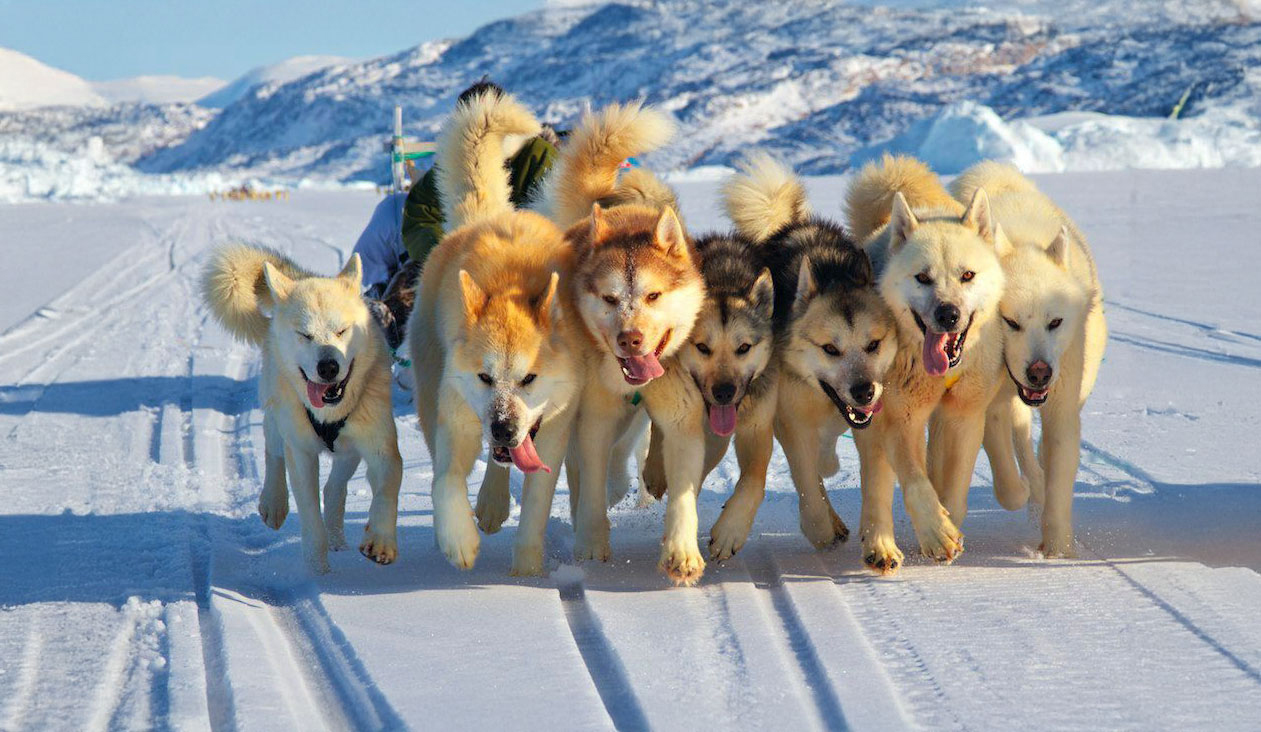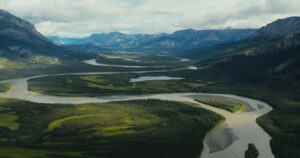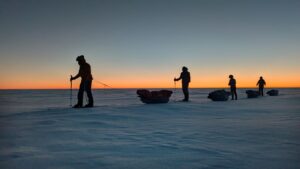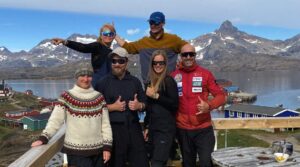For centuries, when the Inuit hunters of North West Greenland noticed that their dog teams had begun to lose their vitality, they had a simple but little-known solution.
They would stake out females in heat in an area frequented by wolves — often on what is now Canada’s Ellesmere Island, a short 50km trek across a frozen channel. Wolves are more common there. When the hunters came back for the females a few days later, they were usually pregnant.
According to Manumina Lund Jensen, who has studied this ancient practice, the first generation of pups wasn’t suitable as sled dogs. Their forelegs were too long, and they were too ferocious to work in a team.
Greenlander Ole Jorgen Hammeken learned about this almost-forgotten tradition from elders years ago.
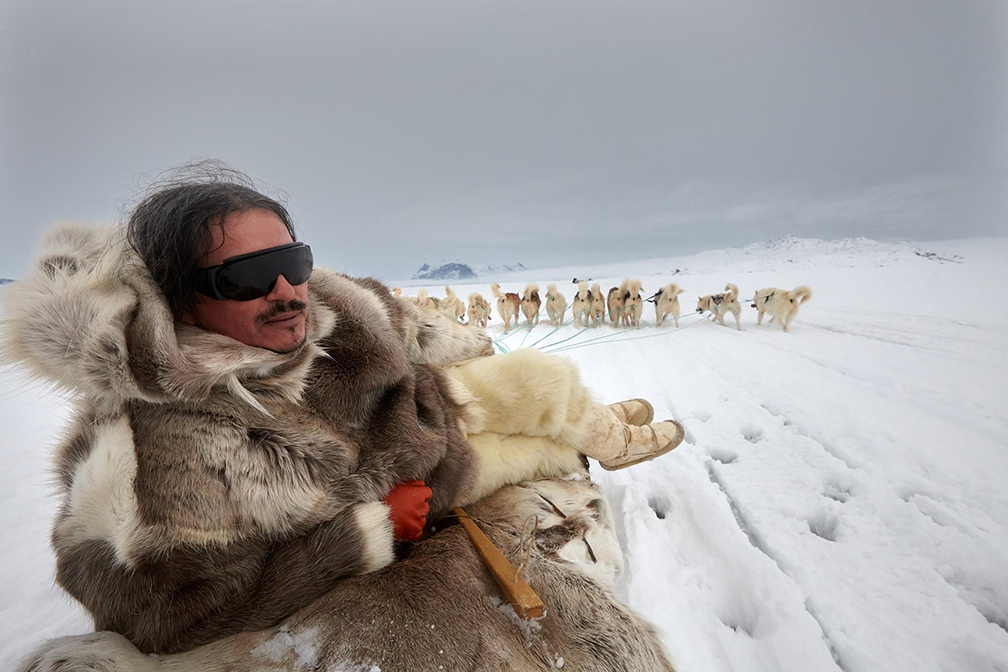
Ole Jorgen Hammeken on an earlier dogsled journey. Photo: Galya Morrell
“In 1997, I embarked on an ambitious 2,000km expedition from the island of Uummannaq to Neqi, passing through Qaanaaq and Siorapaluk,” he told ExplorersWeb. “Few had completed such a feat before — Guido Monzino being one of the few I knew who had.
“I understood the importance of having exceptional dogs for such a long journey. In 1995, I traveled to Illorsuit, a now-abandoned settlement in Northern Greenland, to learn from the elders. They shared with me an old tradition for strengthening sled dogs when the pack showed signs of weakening.
Revitalize the bloodline
“For the first time, I heard of the ancient practice of mixing dogs with wolves. The elders explained that when the dogs’ bloodline began to lose its strength, they knew it was time to revitalize the pack. Their method had endured for millennia. They took a female dog in heat and left her far from the settlement, in areas where wolves were known to roam.
“The resulting puppies would be half-dog, half-wolf. However, the first generation was too wild for sled work, and so were the second and third. These early generations were unpredictable, pulling left or right instead of running straight. Only by the fourth generation did they become reliable sled dogs, having adapted to human companionship and training.
“By the time I used them, they were many generations removed from their wolf ancestry, but the legacy of those strong, resilient dogs remained.”
